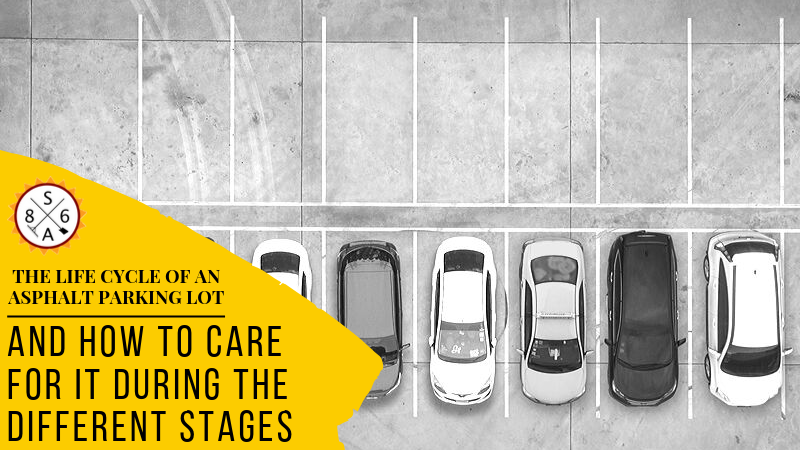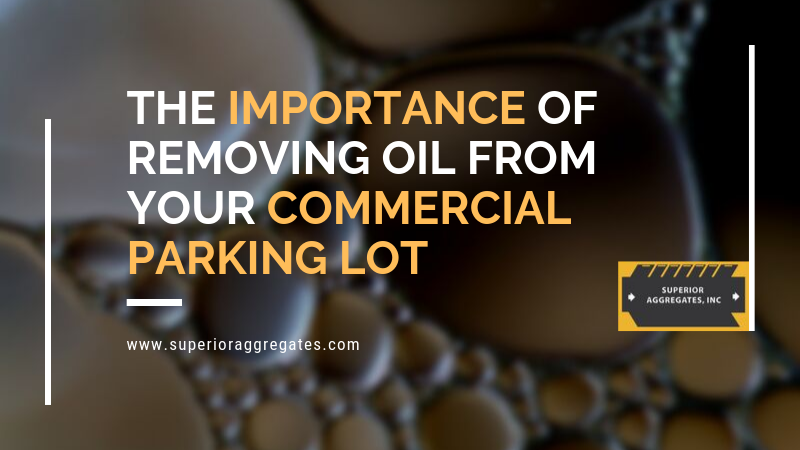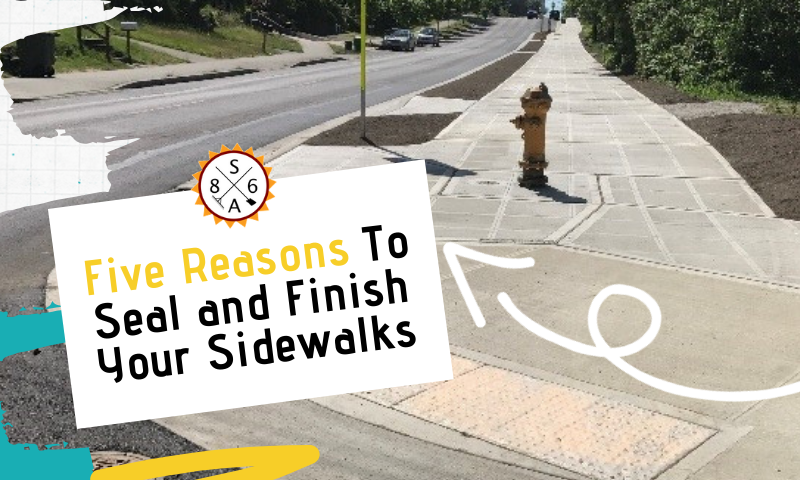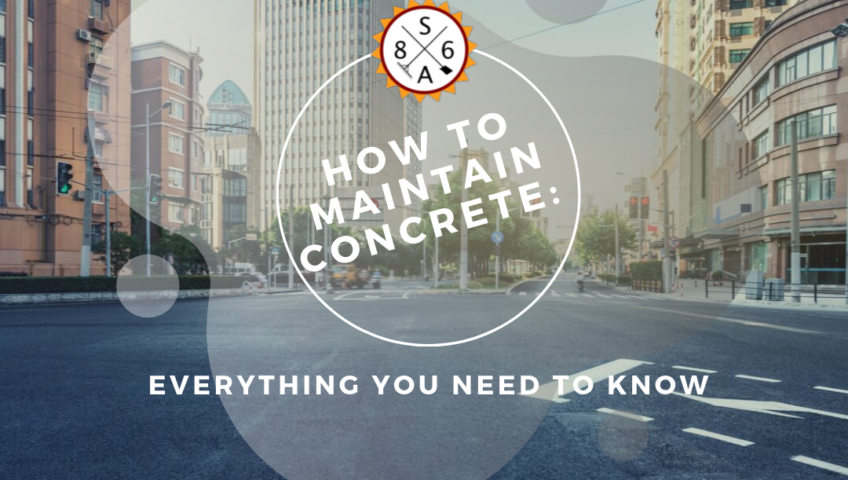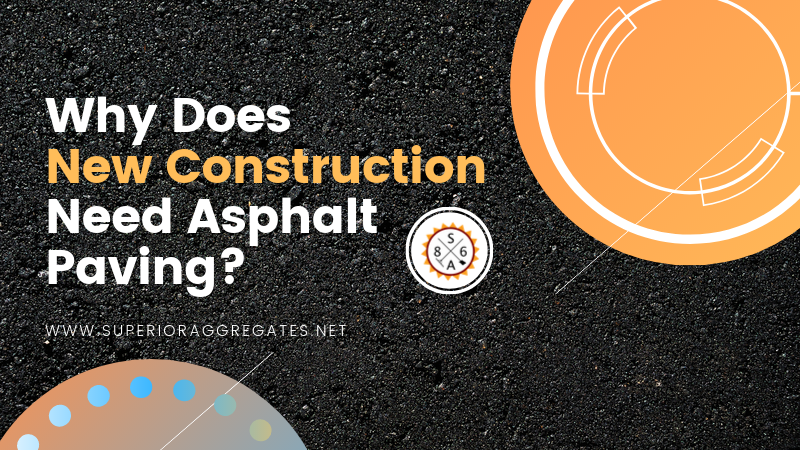
Why Does New Construction Need Asphalt Paving?
First off, what is asphalt? Asphalt is an aggregate of gravel, stone, sand, and other materials bound together by asphalt cement. According to the experts of The National Asphalt Pavement Association (NAPA), along with many others, there are a number of qualities of asphalt which make seeing your asphalt contractor the best choice for new construction of all types.
Durability
The smoothness of the surface helps give a roadway a longer life span, because it reduces friction from the tires that roll across it. It also makes asphalt a more efficient material to pave with, because it needs replacement less often. If properly maintained, an asphalt surface can last 25 years or longer.
Ease of Repair
While asphalt lasts a very long time, when it does need replacement or repair, that repair is comparatively easy and quick to do. For example, roadways can be paved a lane at a time by the asphalt contractor, reducing inconvenience to drivers and saving money for taxpayers.
Safety
Asphalt produces a smooth, even surface for activities such as driving. This, along with these other factors, make it the surface of first choice for roadways, parking lots, paved paths, driveways, and many other applications. The smooth surface gives better traction and contact for tires of all sorts, making it safer to drive on.
Recyclable
Asphalt is the perfect “green” paving material choice for use by the asphalt contractor. It is 100% recyclable and reusable. NAPA estimates that 100 million tons of asphalt are recycled or reused each year. And since much of asphalt used is reclaimed, that means the cost is less susceptible to market fluctuations.
Environmentally Friendly
The combination of recyclability and permanence as a resource makes asphalt paving one of the most environmentally friendly products there is. Another statistic from the NAPA: The asphalt emissions since 1970 have decreased by 97%, while asphalt production, during the same period, has increased by 250%. The smoothness of the surface reduces automobile emissions as well. Porous asphalt is often used for stormwater management. Asphalt is also utilized to line and cap landfills.
Economical
Almost all of the factors listed above mean that asphalt paving is a more economical substance to pave roadways, driveways, parking lots, or any other area where a smooth surface is desired. Asphalt lasts longer, so is replaced less often. This makes it less expensive. When it is replaced, the fact that much of it is often made from recyclable materials makes it less susceptible to current market conditions.
The Best Surface
To sum it all up, numerous qualities of asphalt paving make it the best surface for roadways, driveways, parking lots, and almost any other paved area. Certainly, the fact that it is economical should interest anybody who is planning any type of paving job. So should its durability, which figures into it being cost efficient as well. Also, there’s the fact that asphalt simply makes a great surface for vehicles to drive on. Its smoothness produces better gas mileage and your tires make better contact, which means it’s safer. And, not only does asphalt need repair less often than other materials, it is easy, inexpensive, and convenient to repair when the need does arise. Asphalt is also usually 100% recyclable. All these advantages mean your asphalt contractor can do the job better than anyone else, usually at lower cost, and it’s beneficial for the planet as well.
First off, what is asphalt? Asphalt is an aggregate of gravel, stone, sand, and other materials bound together by asphalt cement. According to the experts of The National Asphalt Pavement Association (NAPA), along with many others, there are a number of qualities of asphalt which make seeing your asphalt contractor the best choice for new construction of all types.
Durability
The smoothness of the surface helps give a roadway a longer life span, because it reduces friction from the tires that roll across it. It also makes asphalt a more efficient material to pave with, because it needs replacement less often. If properly maintained, an asphalt surface can last 25 years or longer.
Ease of Repair
While asphalt lasts a very long time, when it does need replacement or repair, that repair is comparatively easy and quick to do. For example, roadways can be paved a lane at a time by the asphalt contractor, reducing inconvenience to drivers and saving money for taxpayers.
Safety
Asphalt produces a smooth, even surface for activities such as driving. This, along with these other factors, make it the surface of first choice for roadways, parking lots, paved paths, driveways, and many other applications. The smooth surface gives better traction and contact for tires of all sorts, making it safer to drive on.
Recyclable
Asphalt is the perfect “green” paving material choice for use by the asphalt contractor. It is 100% recyclable and reusable. NAPA estimates that 100 million tons of asphalt are recycled or reused each year. And since much of asphalt used is reclaimed, that means the cost is less susceptible to market fluctuations.
Environmentally Friendly
The combination of recyclability and permanence as a resource makes asphalt paving one of the most environmentally friendly products there is. Another statistic from the NAPA: The asphalt emissions since 1970 have decreased by 97%, while asphalt production, during the same period, has increased by 250%. The smoothness of the surface reduces automobile emissions as well. Porous asphalt is often used for stormwater management. Asphalt is also utilized to line and cap landfills.
Economical
Almost all of the factors listed above mean that asphalt paving is a more economical substance to pave roadways, driveways, parking lots, or any other area where a smooth surface is desired. Asphalt lasts longer, so is replaced less often. This makes it less expensive. When it is replaced, the fact that much of it is often made from recyclable materials makes it less susceptible to current market conditions.
The Best Surface
To sum it all up, numerous qualities of asphalt paving make it the best surface for roadways, driveways, parking lots, and almost any other paved area. Certainly, the fact that it is economical should interest anybody who is planning any type of paving job. So should its durability, which figures into it being cost efficient as well. Also, there’s the fact that asphalt simply makes a great surface for vehicles to drive on. Its smoothness produces better gas mileage and your tires make better contact, which means it’s safer. And, not only does asphalt need repair less often than other materials, it is easy, inexpensive, and convenient to repair when the need does arise. Asphalt is also usually 100% recyclable. All these advantages mean your asphalt contractor can do the job better than anyone else, usually at lower cost, and it’s beneficial for the planet as well.

